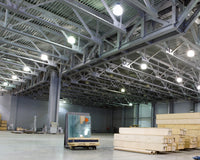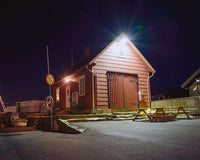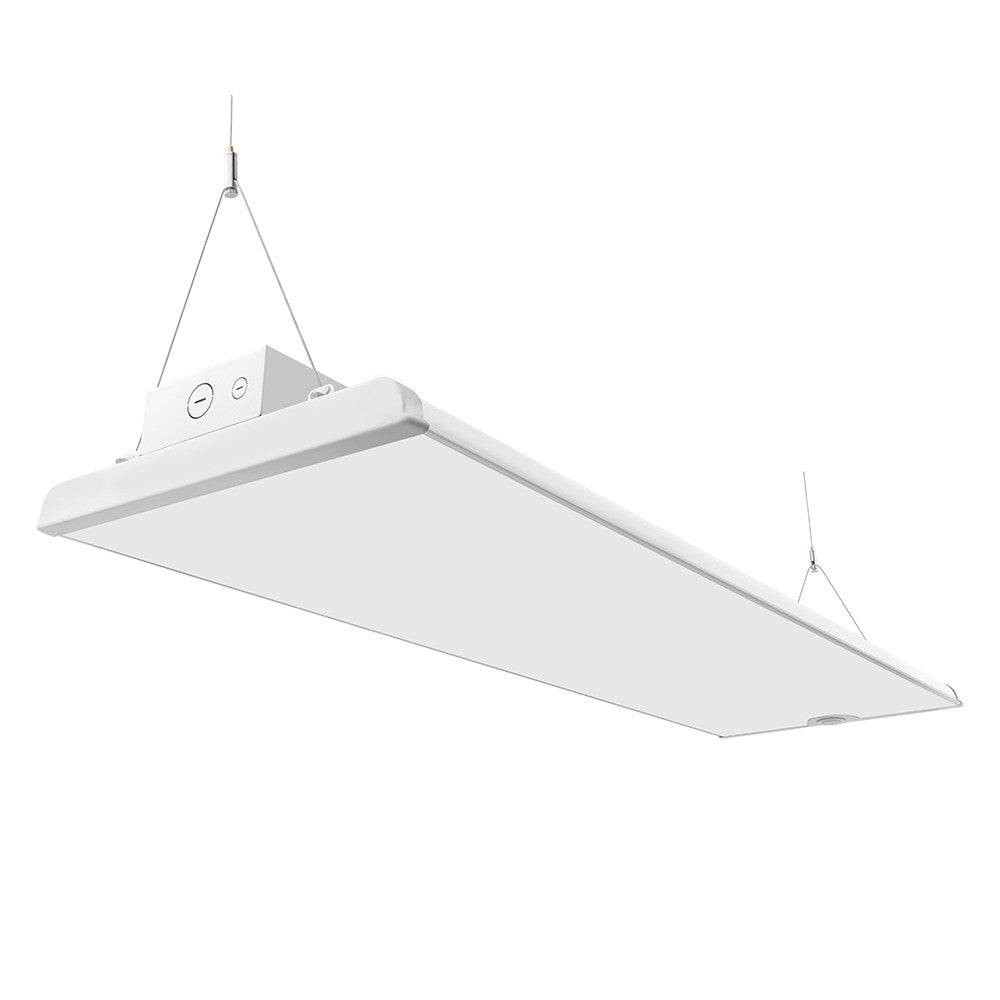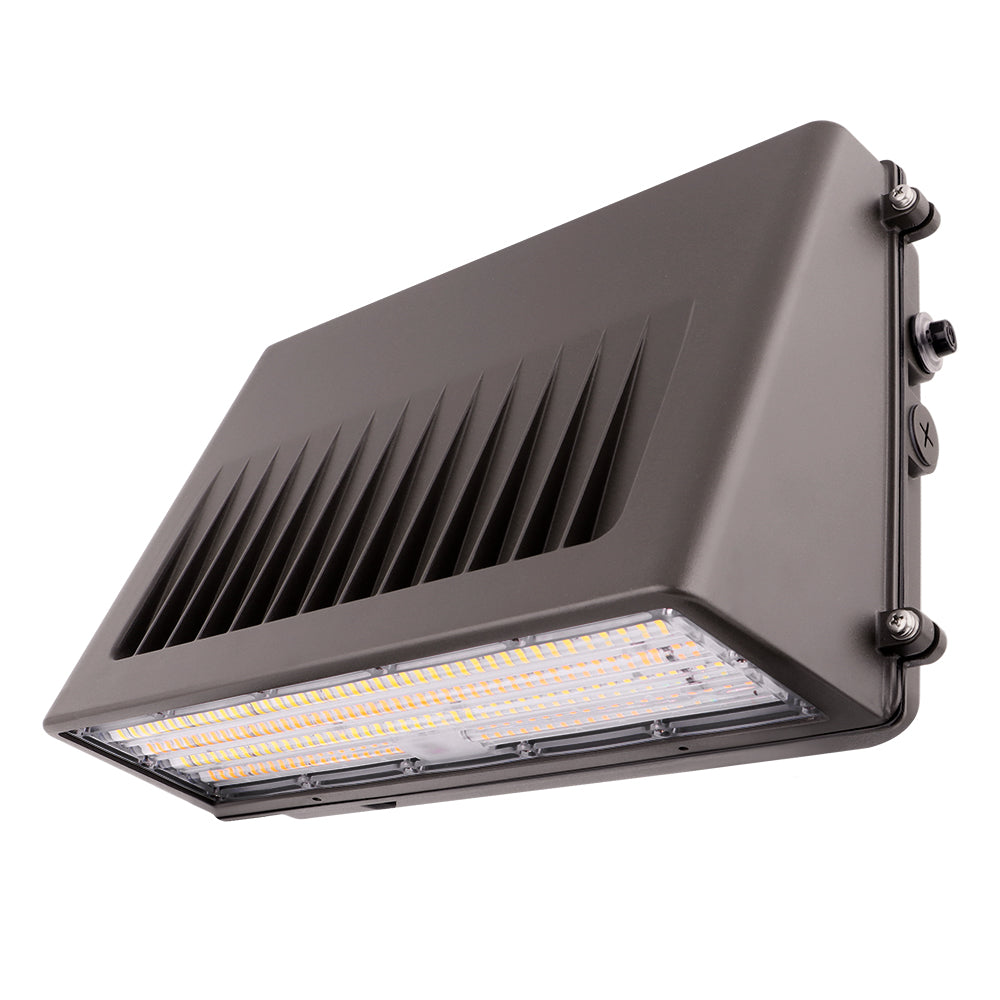LED Flood Light NEMA Beam Spread
LED flood lights are among the most popular outdoor lighting options in residential and commercial applications. With so many options for light distribution, it can be a confusing to know the difference and determine which is best for your lighting needs.
Beam spread, or beam angle, measures the spread of light (the width of the beam) from a reflected light source. As light moves away from a reflected light source, it spreads out and becomes less intense.
Flood lights have a wide beam spread and are generally used when a broad illumination is desired. Flood lights are designed to produce bright light on an ample area, and are common solutions for lighting parking areas, driveways, receiving and loading docks or large decks.
NEMA is a light distribution classification system developed by the National Electrical Manufacturers Association. The ‘NEMA beam spread’ of a light refers to the two edges where light intensity spreads horizontal and vertical to 10% of the maximum beam intensity, and correlates to whether the light output is very narrow, very wide, or somewhere in between. NEMA is presented as: the horizontal beam spread (first number), followed by the vertical beam spread (second number).
So, for example, if the horizontal beam spread is 140 degrees and the vertical beam spread is 120 degrees, the NEMA type would be 7H x 6V,classifying the Konlite FL0208 Flood Light series as a wide flood.

Beam Width Calculation
Light beams are usually written in degrees, but this isn’t always helpful when trying to determine how wide the beam will be from any given distance away. To make this easier you can use the following formula:
Beam Width = (Angle of the Beam) x (0.018) x (Distance from the Light bulb in Feet)
Example: (50º angle) x (0.018) x (13 feet) = 11.7 feet
So, if you have a flood light with a 50º angle and want to know how wide the beam be from a distance of 13 feet, it will be 11.7 feet at the widest point.
Light beam distributions, classifications and ratings can be rather confusing, but hopefully this information has helped you sort everything out enough to make educated calculations and purchases for your project.
Mounting Height
Mounting height plays an important role in the effectiveness a lamp has on its intended target. Because LEDs cast a cone of light and are naturally directional, the beam will always dictate the area that will be illuminated.
Determining the ideal beam angle for your fixture requires knowing the distance between where the light will be mounted, and the area you plan on illuminating. Keep in mind a closer distance will not need a long-range narrow beam, so it’s best to go with a wider flood. To light a specific target at a further distance, a narrower, farther-reaching beam will be ideal.
For multiple fixture placement, you may need to consider the distance between light sources and the beam’s radius to avoid overlapping. If your plan is to ‘layer’ wider beam fixtures for ambiance, your beam spread diameter (radius x 2) should be equal to or greater than the distance between fixtures.
At Revolve LED we specialize in LED solutions for indoor and outdoor applications. If you are looking for a fixture, need a lighting layout, or want a quote for a project, our certified lighting experts can help. Give us a call today at 1-877-718-0808. Check out our LED Flood Lights Buying Guide for more information.











1 comment
Maxwell
Do you sell Flood Beam Light if yes email me with the models for me to select one and proceed.